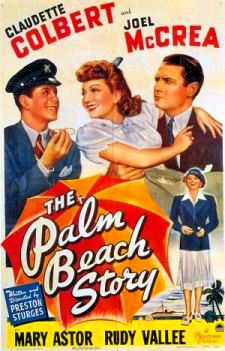A blog formerly known as Bookishness / By Charles Matthews
"Dazzled by so many and such marvelous inventions, the people of Macondo ... became indignant over the living images that the prosperous merchant Bruno Crespi projected in the theater with the lion-head ticket windows, for a character who had died and was buried in one film and for whose misfortune tears had been shed would reappear alive and transformed into an Arab in the next one. The audience, who had paid two cents apiece to share the difficulties of the actors, would not tolerate that outlandish fraud and they broke up the seats. The mayor, at the urging of Bruno Crespi, explained in a proclamation that the cinema was a machine of illusions that did not merit the emotional outbursts of the audience. With that discouraging explanation many ... decided not to return to the movies, considering that they already had too many troubles of their own to weep over the acted-out misfortunes of imaginary beings."--Gabriel García Márquez, One Hundred Years of Solitude
Search This Blog
Monday, September 5, 2016
The Palm Beach Story (Preston Sturges, 1942)
There are few scenes in movies that I cherish more than the encounter of Gerry (Claudette Colbert) and the Wienie King (Robert Dudley). Then again, The Palm Beach Story is filled with things I cherish: The wonderfully enigmatic opening credits, which must have had people sitting through the film twice to comprehend. The way William Demarest drawls out "bangbaang" when he's pretending to shoot targets on the train -- before the rest of the Ale and Quail Club arrives with loaded shotguns to blow the hell out of the club car. J.D. Hackensacker III's (Rudy Vallee) inexhaustible supply of pince-nez. The fetching outfit Gerry fashions from a pair of men's pajamas and a bath towel, using the pajama shirt as a blouse, the pants as a kind of snood, and the towel as a wraparound skirt -- as she remains blithely unconscious that the word "Pullman" is emblazoned on the backside. The way Sig Arno as Toto steals every scene he's in, even if he's only standing in the background. Mary Astor's giddy, horny Princess Centimillia. The sly fun poked at Vallee's past as a crooner. The way Sturges finds something funny for even bit players, like the cops on the street, to do or say. Joel McCrea and Colbert are of course peerless at this sort of comedy. I do have to admit that I'm a little distracted every time I watch Colbert on screen, tracking the way she always manages to get on the right side in every scene, the better to show off the preferred left side of her face. I wonder, though, if Sturges and cinematographer Victor Milner didn't pull a trick on Colbert in the scene in which Gerry is sitting at a dressing table: Though she's on the right side of the screen, the only view we get of her face is a reflection in the mirror of her supposedly inferior right profile. The Palm Beach Story is not as sexy as The Lady Eve (1941) or as satiric as Sullivan's Travels (1941), but it remains for me an inexhaustible delight.
